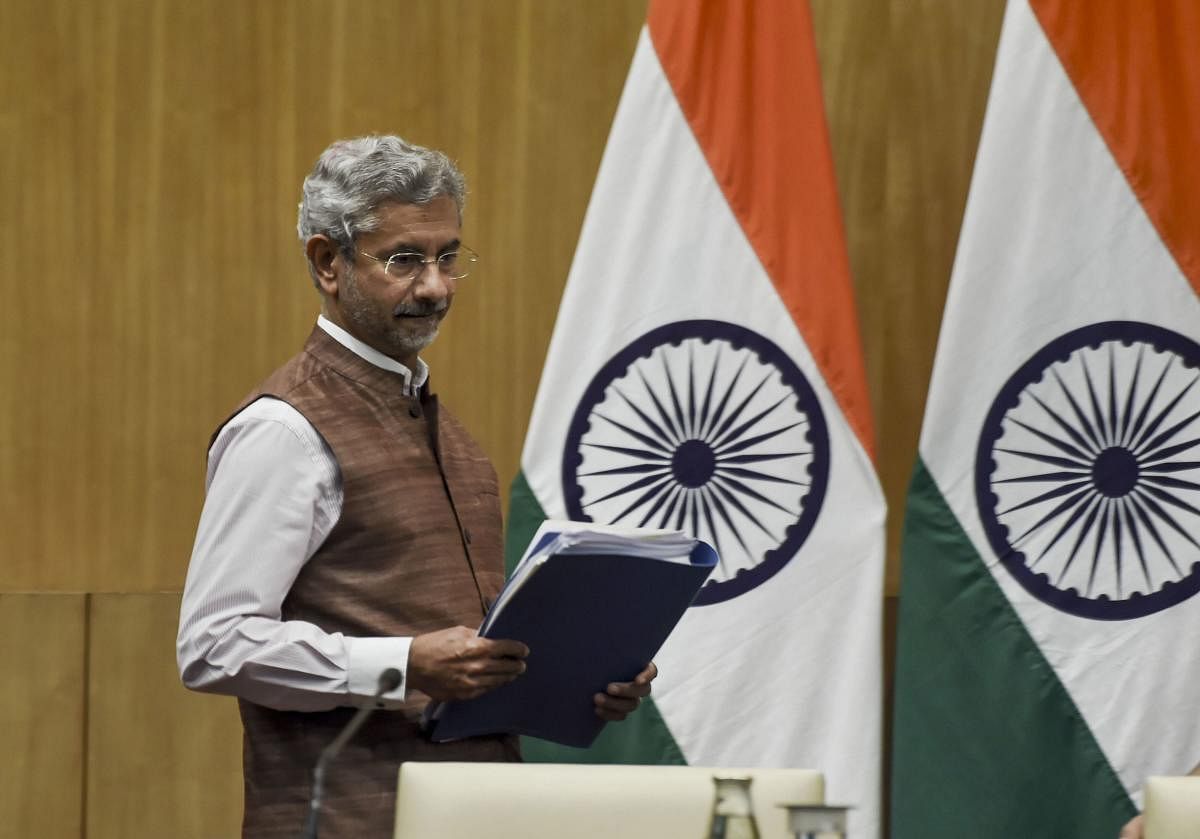
As Madagascar, located in the Western Indian Ocean (WIO), was ravaged by the Cyclone Ava, Malagasy president Andry Rajoelina made an appeal to the international community for sending in relief supplies. Responding to his appeal, India immediately launched ‘Operation Vanilla’.
Less than a year ago, in March 2019, Cyclone Idai caused havoc in Mozambique, another state located in the WIO. India sent three naval ships which undertook humanitarian assistance and disaster relief (HADR) operations. In the case of Cyclone Idai as with Cyclone Ava, India was the first country to send relief supplies.
Both these operations underlined India’s role as a ‘first responder’ to the crises in the Indian Ocean. In both these cases, Indian naval ships were operating in the region and therefore, could be diverted easily to carry out HADR operations. Such operations help India to demonstrate its capabilities as a ‘net security provider’ in the Indian Ocean. HADR operations also serve the purpose of projecting power in a benign way.
In the past, India undertook similar relief and rescue operations in the wake of the tsunami of 2004 that struck Southeast Asia. For providing much-needed medical and food support, the Indian navy operated in concert with the American navy which laid the foundation of closer ties between Indian and American navies.
Seen in this context, India’s relief operations in the WIO cannot be separated from larger geopolitical imperatives underpinning the region. India considers the WIO as part of the Indo-Pacific region. Recently, the United States also broadened its definition of Indo-Pacific to include the WIO, which includes the littoral and island states of east and southern Africa.
Growing Importance of the Western Indian Ocean
In the last few years, WIO has emerged as a geo-strategically significant region. China opened its first overseas military base at Djibouti in 2017. It invested billions of dollars for building dual-use infrastructure (like ports and railways) in WIO states such as Kenya and Tanzania.
China has also been regularly sending its warships to the region for engaging in defence diplomacy and for familiarisation exercises. For example, in November 2019, the Chinese navy held military exercises in the Western Indian Ocean with the Russian and South African navies.
Apart from China, other major states such as France and the US are also active in the WIO. France maintains its largest military base at Djibouti as well as controls territories like Rèunion and Mayotte in the WIO. Moreover, the region between Somalia and Madagascar is rich in hydrocarbon resources as well.
India in the Western Indian Ocean
In this unfolding geopolitical competition within the WIO, India’s interest and continued presence in the region become imperative. The Indian Ocean is a natural theatre for India’s influence and WIO is integral to it.
Recently, India reorganised its Ministry of External Affairs to better reflect the geopolitics of the Indo-Pacific region. The Indian navy has been active in this region since the days of the Cold War. In the 1980s, India had assisted regimes in Seychelles and Mauritius to guard against subversive activities.
Similarly, the India-Mozambique security relationship is not new. In 2003 and 2004, when Mozambique hosted the African Union (AU) and the World Economic Forum (WEF) summits, respectively, the Indian navy had assisted Mozambique by deploying ships off the coast of Mozambique’s capital, Maputo. In 2011, India and Mozambique also signed an agreement for maritime security. Last year, India had gifted interceptor boats to Mozambique for ensuring security in the Mozambique Channel.
Apart from Mozambique, Madagascar is another important state overseeing the Mozambique Channel. Madagascar is also home to the second-largest Chinese Diaspora in Africa and is also emerging as a major focal point of China’s Africa strategy.
However, the latest Cyclone Alva should demonstrate that there are limits to what China can do for Madagascar. Even though in the latest crisis as many as 92,000 people in Madagascar were affected, China could not provide assistance as fast as India could — given the limitations of China’s naval capabilities and geographic reality.
India, in contrast, has been assisting Madagascar as and when needed. In 2018, as Madagascar struggled with a triple drought in the southern parts of the country, ENAWO cyclone and a plague outbreak, India supplied 1,000 tonnes of rice and 100 tonnes of medicines. Growing naval capabilities and diplomatic willingness further underscore India’s importance for the region. However, so far, India has not yet established any formal military base in the region.
In the future, the complexity of regional geopolitics, need to respond quickly to crises – man-made and natural, and the imperative of protecting India’s expanding national interests may perhaps push India to open a military base in the region.
(Sankalp Gurjar is a Research Fellow with the Indian Council of World Affairs, New Delhi. Views expressed in the article are personal)
Disclaimer: The views expressed above are the author’s own. They do not necessarily reflect the views of DH.